The Ho Citadel is a remarkable historical and architectural site located in Thanh Hoa, Vietnam. It is a time capsule that preserves captivating tales from a significant era in Vietnamese history. With its unique location, architecture, historical significance, and artifacts, the Ho Dynasty Citadel offers visitors a chance to travel back in time.
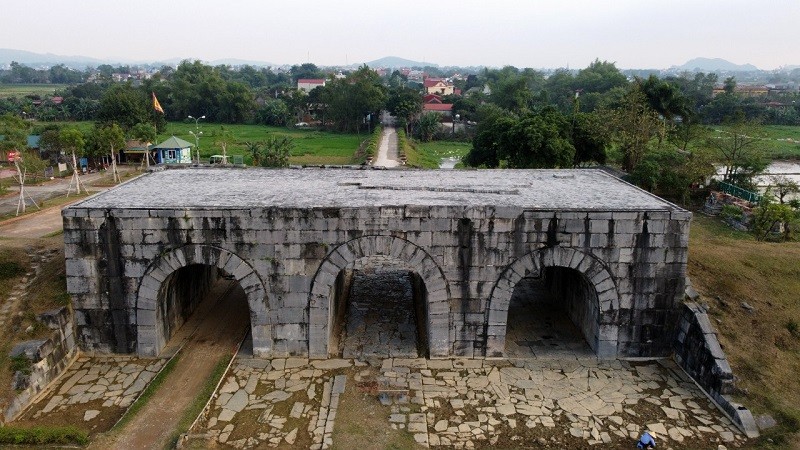 |
| The Ho Citadel is a time capsule that preserves captivating tales from a significant era in Vietnamese history. Photo: Kinhtedothi |
The Citadel of the Ho Dynasty was constructed in 1397 under the supervision of Ho Quy Ly, the dynasty’s first monarch. It was built as a result of a coup, when Ho Quy Ly forcefully took the throne in 1400 and decided to relocate the capital, marking a new chapter in Vietnam’s feudal era. As the capital of the country from 1398 to 1407, it served as a political, economic, and cultural center in North Central Vietnam.
The Ho Dynasty Citadel is a groundbreaking architectural phenomenon, characterized by its use of large stone blocks and innovative construction techniques that didn’t require the use of mortar.
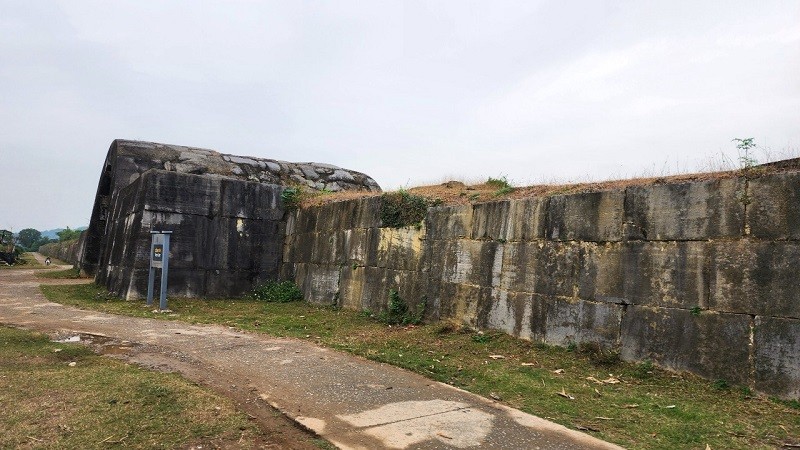 |
| The Ho Dynasty Citadel is a groundbreaking architectural phenomenon, characterized by its use of large stone blocks. Photo: Kinhtedothi |
Thanks to its unique construction techniques and sustainable use of materials, especially the large stone blocks, the Ho Dynasty Citadel has been remarkably well-preserved, blending seamlessly with the natural landscape.
Unlike many other citadel relics that have been heavily affected by urbanization, the Ho Dynasty Citadel has managed to preserve its landscape and architectural scale almost intact, making it a popular destination for tourists seeking to admire its historical significance.
The Ho Dynasty Citadel is often described as a magnificent structure due to its innovative techniques and unique stone construction within Vietnam.
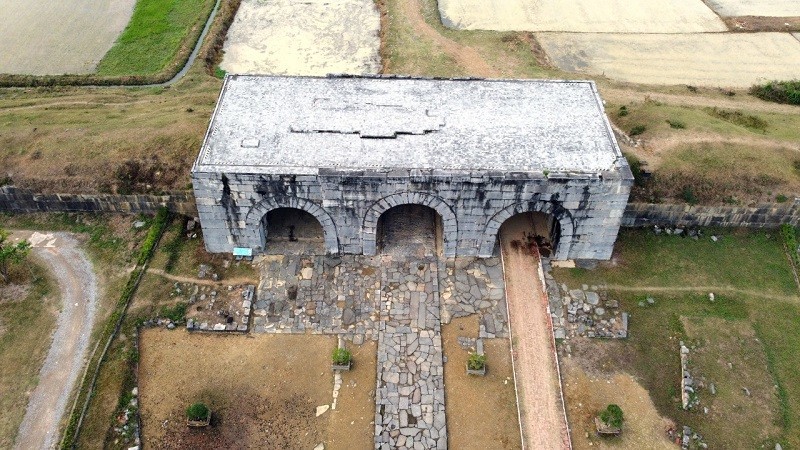 |
| The Ho Dynasty Citadel has managed to preserve its landscape and architectural scale almost intact. Photo: Kinhtedothi |
The stone slabs used in the construction of the citadel are on average 1.5m long, with some reaching up to 6m in length and weighing approximately 24 tons. The stone wall has a circumference of over 3.5 km and is formed by stacked stone blocks.
Throughout its history, the Ho Dynasty Citadel has gone by various names, such as An Ton, Tay Do, Tay Kinh, Thach Thanh, Tay Giai, and more, bestowed upon it by the locals.
The Ho Dynasty Citadel is recognized as a UNESCO World Cultural Heritage Site, having earned this prestigious accolade after an extensive 11-year application process. This designation highlights its historical and cultural value.
In addition to its historical significance, the Ho Dynasty Citadel is surrounded by breathtaking and serene scenery, contributing to its appeal among tourists.
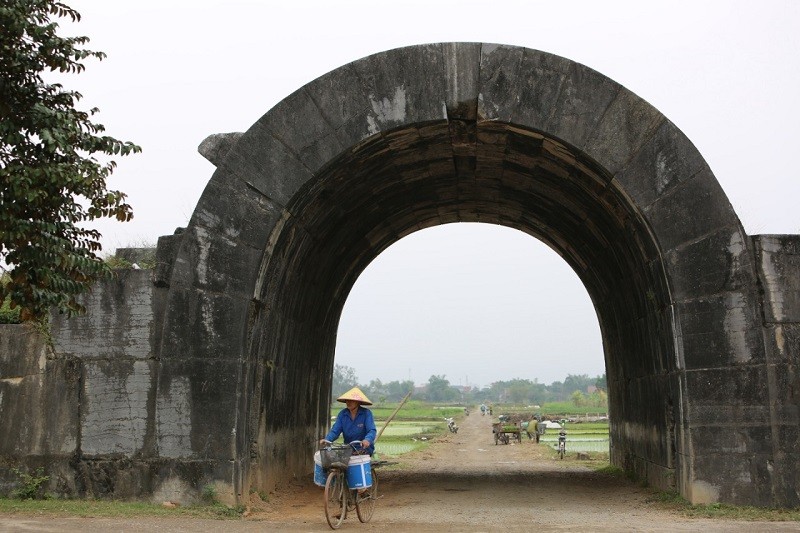 |
| The Ho Dynasty Citadel is surrounded by breathtaking and serene scenery. Photo: Kinhtedothi |
The outer wall, known as La Thanh, serves as both a protective barrier and the initial line of defense for the citadel. Stretching approximately 4 kilometers, this perimeter reflects the dedication to safeguarding the inner sanctum from attacks and floods.
Hao Thanh, an encircling moat, plays a vital role in the citadel’s defense. With a width of 90 meters and a depth of 6.5 meters, it was a brilliant addition to the citadel’s comprehensive defense system, ensuring its safety.
At the heart of the citadel lies Hoang Thanh, an architectural masterpiece that once served as the residence of the royal family. Its meticulous design, featuring four gates facing the cardinal directions and the use of massive limestone blocks, stands as a testament to the skills and dedication of the builders.
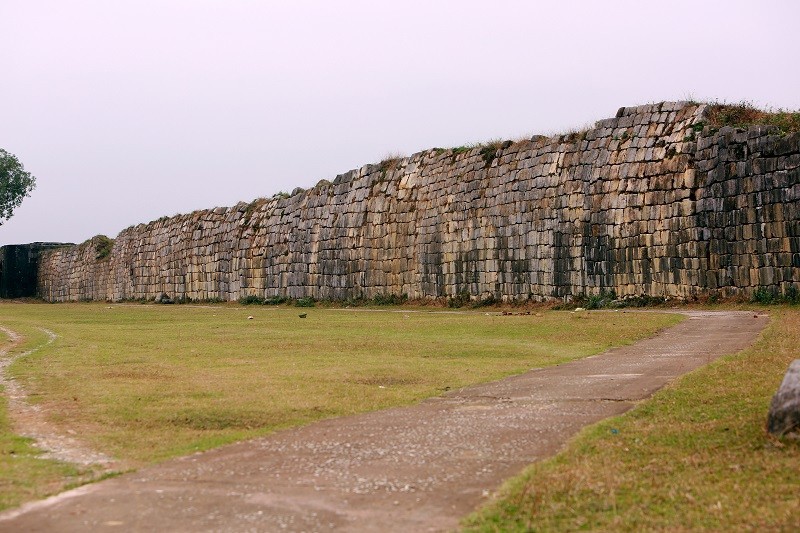 |
| The stone slabs used in the construction weigh an estimated 24 tons. Photo: Kinhtedothi |
Nam Giao Altar, located south of the citadel, holds great cultural and spiritual significance. This symbolic element of the citadel represents not only intricate design but also the cultural values of the Ho Dynasty.
In 2023, the World Cultural Heritage site of the Ho Dynasty Citadel welcomed around 250,000 visitors, including nearly 2,000 international tourists.
Thanh Hoa may be an underrated tourist destination due to its abundance of attractions in the surrounding areas. Nonetheless, exploring the province will unveil a number of prominent sites such as Sam Son Beach, Hai Tien Beach, Ham Rong Bridge, and Ben En National Park.
Ha Long Carnival opens in Quang Ninh
The Ha Long Carnival, a highlight of the Ha Long – Quang Ninh tourism week 2019, opened in Bai Chay and Hon Gai tourism area in the northern province of Quang Ninh on April 28.








